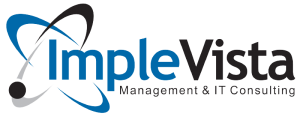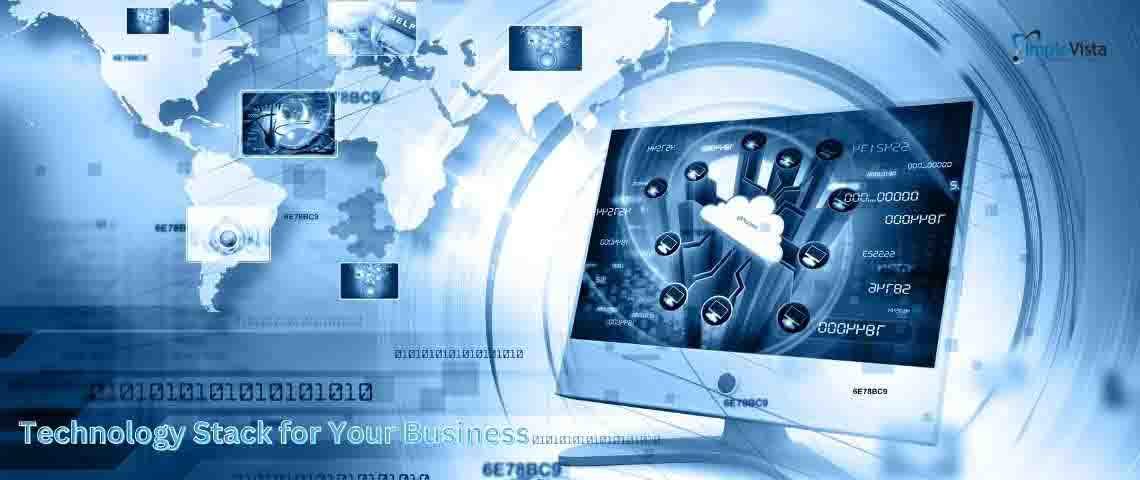Selecting the right technology stack is crucial for the success of any business, whether it’s a startup or an enterprise. A well-chosen stack ensures scalability, security, and seamless functionality. But with so many full-stack technologies available, how do you make the right choice? This business technology stack guide will help you navigate through the essential factors to consider when selecting a technology stack for your business.
What is a Technology Stack?
A technology stack is a combination of programming languages, frameworks, and tools used to develop a software application. It consists of two main components:
- Frontend: The client-side, responsible for user interface (e.g., HTML, CSS, JavaScript, React, Angular).
- Backend: The server-side, responsible for database and application logic (e.g., Node.js, Python, Ruby on Rails, PHP).
- Database: Stores and manages data (e.g., MySQL, MongoDB, PostgreSQL).
- DevOps & Hosting: Deployment and infrastructure services (e.g., AWS, Azure, Google Cloud).
Why is Choosing the Right Technology Stack Important?
- Performance & Speed: A suitable stack ensures fast and responsive applications.
- Scalability: Helps accommodate future growth and increased user demands.
- Security: Protects data from breaches and cyber threats.
- Development Cost & Time: Impacts project budget and timeline.
- Maintenance & Support: Determines ease of long-term maintenance and updates.

Key Considerations for Choosing the Right Technology Stack
1. Define Your Business Requirements
Before selecting a technology stack, determine:
- Project Size: Small projects may use lightweight stacks like LAMP, while large-scale apps require MEAN or MERN stacks.
- Scalability Needs: If you anticipate growth, choose scalable technologies like Kubernetes and AWS Lambda.
- Time to Market: Rapid development frameworks like Django or Ruby on Rails can accelerate deployment.
2. Consider Performance and Scalability
A technology stack should support high performance and growth:
- Use cloud-based solutions like AWS for scalability.
- Choose high-performance frameworks like Golang or Node.js for real-time applications.
- Opt for database optimization with NoSQL or PostgreSQL for large data sets.
3. Cost and Budget Constraints
- Open-source technologies (e.g., PHP, Python, and MySQL) can reduce costs.
- Cloud services like AWS and Azure offer pay-as-you-go models.
- Consider maintenance costs and developer availability.
4. Security Considerations
Ensure your technology stack includes the following:
- End-to-end encryption (SSL, TLS).
- Secure frameworks (Django, Spring Security, OWASP compliance).
- Regular security audits and compliance with GDPR HIPAA.
5. Developer Availability and Community Support
Select technologies with strong developer communities, such as:
- JavaScript (React, Vue.js) for frontend.
- Python (Django, Flask) or Java (Spring Boot) for the backend.
- PostgreSQL or MongoDB for databases.
6. Future Trends and Flexibility
- Use microservices architecture for modularity.
- Adopt serverless computing for cost efficiency.
- Leverage AI/ML integrations using Python or TensorFlow.
Factors to Consider When Choosing a Technology Stack
1. Project Requirements
Understanding your business needs is the first step. Consider:
- Type of application (e.g., web, mobile, enterprise software)
- Expected user traffic and scalability needs
- Security and compliance requirements
2. Development Team Expertise
Your developers’ familiarity with a particular full-stack technology can significantly impact project success. Choosing a stack your team is proficient in reduces the learning curve and development time.
3. Scalability & Performance
A business must anticipate growth. Choose a stack that supports both horizontal scaling (adding more machines) and vertical scaling (upgrading existing resources).
4. Security Features
Evaluate security aspects like:
- Authentication & authorization mechanisms
- Encryption protocols
- Secure APIs and databases
5. Cost Considerations
Technology stack selection impacts costs, including:
- Licensing fees for proprietary software
- Development & maintenance costs
- Hosting and cloud services expenses
6. Community Support & Documentation
A strong developer community and extensive documentation make troubleshooting and updates easier.

Popular Technology Stacks for Different Business Types
| Business Type | Recommended Technology Stack |
| E-commerce | MERN (MongoDB, Express, React, Node.js) |
| SaaS Platforms | MEAN (MongoDB, Express, Angular, Node.js) |
| Enterprise Apps | Java Spring Boot + PostgreSQL |
| Mobile Apps | React Native + Firebase |
| AI-Based Apps | Python (Django, TensorFlow) |
How to Choose the Right Tech Stack for Your Business
Step 1: Define Your Business Goals
Identify the purpose of your application and the key functionalities required.
Step 2: Research Available Technologies
Compare different stacks based on your project requirements, scalability, and security.
Step 3: Evaluate the Cost & Budget
Consider both short-term and long-term costs associated with different stacks.
Step 4: Consult Experts
Seek guidance from experienced developers or a technology stack selection partner like Implevista to make an informed decision.
Step 5: Test & Optimize
Start with a prototype or Minimum Viable Product (MVP) and make improvements based on performance feedback.

FAQs
1. What is the best technology stack for startups?
Startups often prefer the MERN or MEAN stack due to cost-effectiveness and scalability.
2. How do I know which technology stack is right for my business?
Before choosing, evaluate your project requirements, budget, team expertise, and long-term goals.
3. Which technology stack is best for eCommerce websites?
LAMP stack and MEAN stack are popular for eCommerce platforms due to their flexibility and robust database management.
4. Can I change my technology stack later?
Yes, but switching stacks can be expensive and time-consuming. It is recommended that you choose the right stack from the beginning.
5. How does the technology stack impact SEO?
A well-optimized tech stack ensures fast loading times, mobile-friendliness, and security, all impacting SEO rankings.
6. Is an open-source technology stack better than proprietary software?
Open-source stacks (like MEAN, MERN, and LAMP) are more cost-effective, but proprietary stacks (like .NET) offer strong security and enterprise support.
7. How do I choose between a full-stack technology and a specialized stack?
If you need a complete end-to-end solution, go for full-stack technologies. If you need high customization, choose specialized stacks.
8. What role does cloud computing play in tech stack selection?
Cloud-based tech stacks enhance scalability, security, and performance for modern applications.
9. How do I ensure my tech stack is future-proof?
Select technologies with active community support, regular updates, and high adaptability.
10. Why should I partner with a tech expert in Bangladesh like Implevista?
Implevista offers expert guidance in business technology stack guide selection, ensuring optimal performance, security, and scalability.
Choosing the right technology stack is essential for your business’s long-term success. Evaluate your business needs, budget, scalability, and security before making a decision. Need expert guidance? Contact Implevista today for a consultation!




